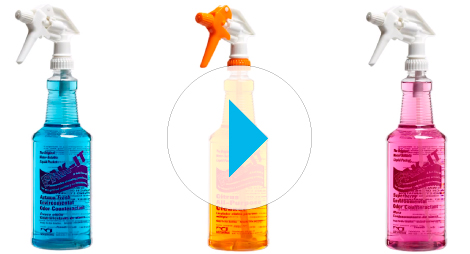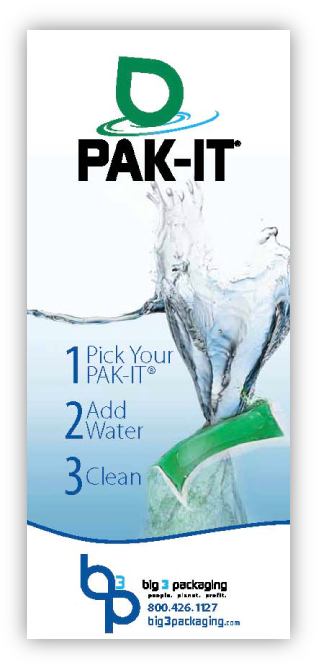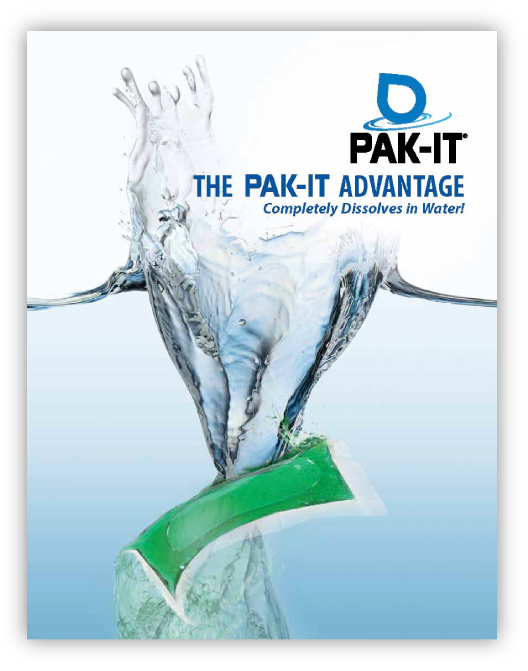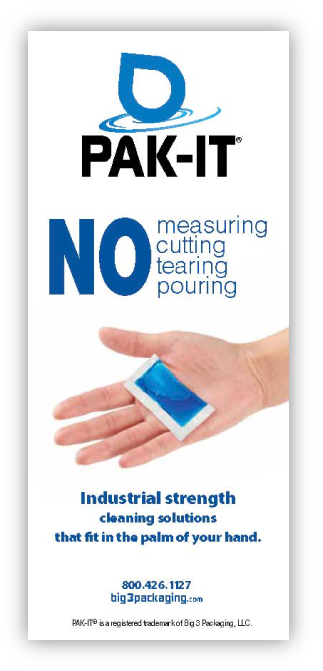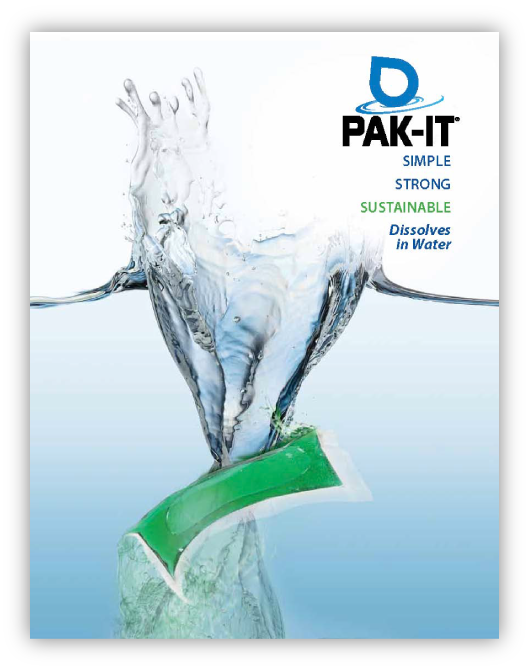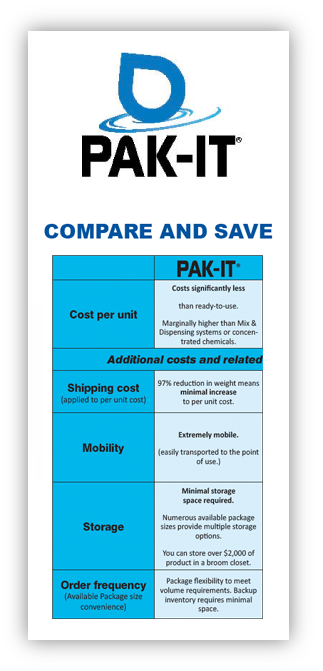Lesson on Hard Surface Disinfectants with Dr. Barry Ruck 8.8.12
Hard surface disinfectants fall into various categories:
General Disinfection Ingredients (Kill 100% of vegetative (active growing) bacteria)
Quaternary Types: These are cationic (possess a positive electrochemical charge) water soluble materials and can be recognized by the suffix "ammonium chloride" in their name. They are easily formulated into many types of cleaner products and are stable in both alkali and acid. Although they have some environmental toxicity, this type of active is considered the most environmentally preferred, as it is readily detoxified by its reaction with many organics commonly found in sewer systems. This material also has the lowest toxicity to humans. It has broad spectrum kill of most vegetative bacteria, as well as most virus and molds. A notable exception to its killing ability is the Tubercle bacillus (the organism responsible for tuberculosis).
Phenolic Type: These are anionic (negatively charged) non-water soluble materials that are difficult to formulate with (as they must be put into microemulsion bases) and using limited materials with a compatible charge. They can be recognized in a product by the word "phenol" in their chemical name (e.g. ortho phenyl phenol, para dichlorophenol). They are not at all biodegradable and have a fairly high environmental impact. Their environment issues are exacerbated by the fact that they will bioaccumulate (concentrate) in living organism up the food chain and are considered to be relatively more toxic to humans. They have a broad spectrum of vegetative bacteria, virus and mold kill and, unlike the "quats" will kill the Tubercle bacillus.
Oxidizer Type: These consist of Chlorine (bleach) and Peroxide containing materials. They are very limited in how they can be formulated and have a limited shelf life. In the case of Chlorine materials this shelf like can be as little as three (3) months. They have a very broad spectrum kill and in some cases can even be used as chemical sterilants (that is to say that they will kill not only vegetative organism but also bacterial and mold spores). They are also limited as to the types on surfaces they can be used on and have a high potential for human toxicity. From an environmental standpoint, they are very preferable as they require a very low concentration of the active to be effective and are unstable and will react away quickly when disposed. For the most part they also have the benefit of being very inexpensive.
Alcohol Types: The lower alcohols (lower molecular weight, i.e. Isopropanol, ethanol) are frequently used as a disinfectants on instruments that can tolerate these materials. They only work at one very high concentration (approximately 70%) and cannot be formulated into cleaners. They have a broad spectrum kill against vegetative bacteria, mold and virus. They are generally considered environmentally benign but are highly flammable.
Chemical Sterilants: (Kill one hundred percent (100%) of all organisms and virus)
Aldehydes: These include primarily products based on Formaldehyde and Glutaradehyde. With a long contact time they will kill all organisms including spores. They are highly toxic to humans and are considered environmental hazards. They also have very short shelf lives, for activated Glutaraldehyde it is as short as twenty-four (24) hours. These materials are fairly expensive and are very limited as to the surfaces they may be used on.
Ethylene Oxide: This material is also a chemical sterilant, but because of its extraordinary toxicity and gas state it must be used only in a closed pressurized system. It is also potentially explosive and is very limited as to the types of materials in may contact. It may only be disposed by licensed waste contractors.
-
Profit
-
Planet
-
People
-
Big 3 Packaging
People. Planet. Profit.
Proud to be a provider of environmentally-friendly products for nearly a decade, Big 3 Packaging originated out of a demand for sustainable alternatives, and to this day our guiding principles remain the same - people. planet. profit.
At Big 3 Packaging we strive to meet the needs of an ever-increasing savvy community, with careful attention to environmental impact, while achieving profitable growth, known as the triple bottom line (TBL). Research has shown that companies with sustainable practices boost profitability through a happy and healthy workforce and client base. It is a true business imperative for companies of all sizes, and a benchmark for successful industries throughout the USA. Here at B3P, we constantly look for innovative solutions to meet our TBL goals. Our PAK-IT® product line is safe, sustainable, and saves money and time. We love our products and we think you will too!
Clean up with us —
-------------------------------------------------------------------------------------------------------------------------------------
1-866-MYPAKIT (866-697-2548) / 215-743-4201
24/7 Live Chat Text 917-224-0688
[email protected]

Do you have a question about Big 3 Packaging?
24/7 Live Chat Text 917-224-0688 for live Q&A
 ©2014 Big 3 Packaging, All Rights Reserved. PAK-IT™ is a registered trademark of Big 3 Packaging, LLC.
©2014 Big 3 Packaging, All Rights Reserved. PAK-IT™ is a registered trademark of Big 3 Packaging, LLC.Custom Website Managed by Computer Guy - PC Solutions - info




